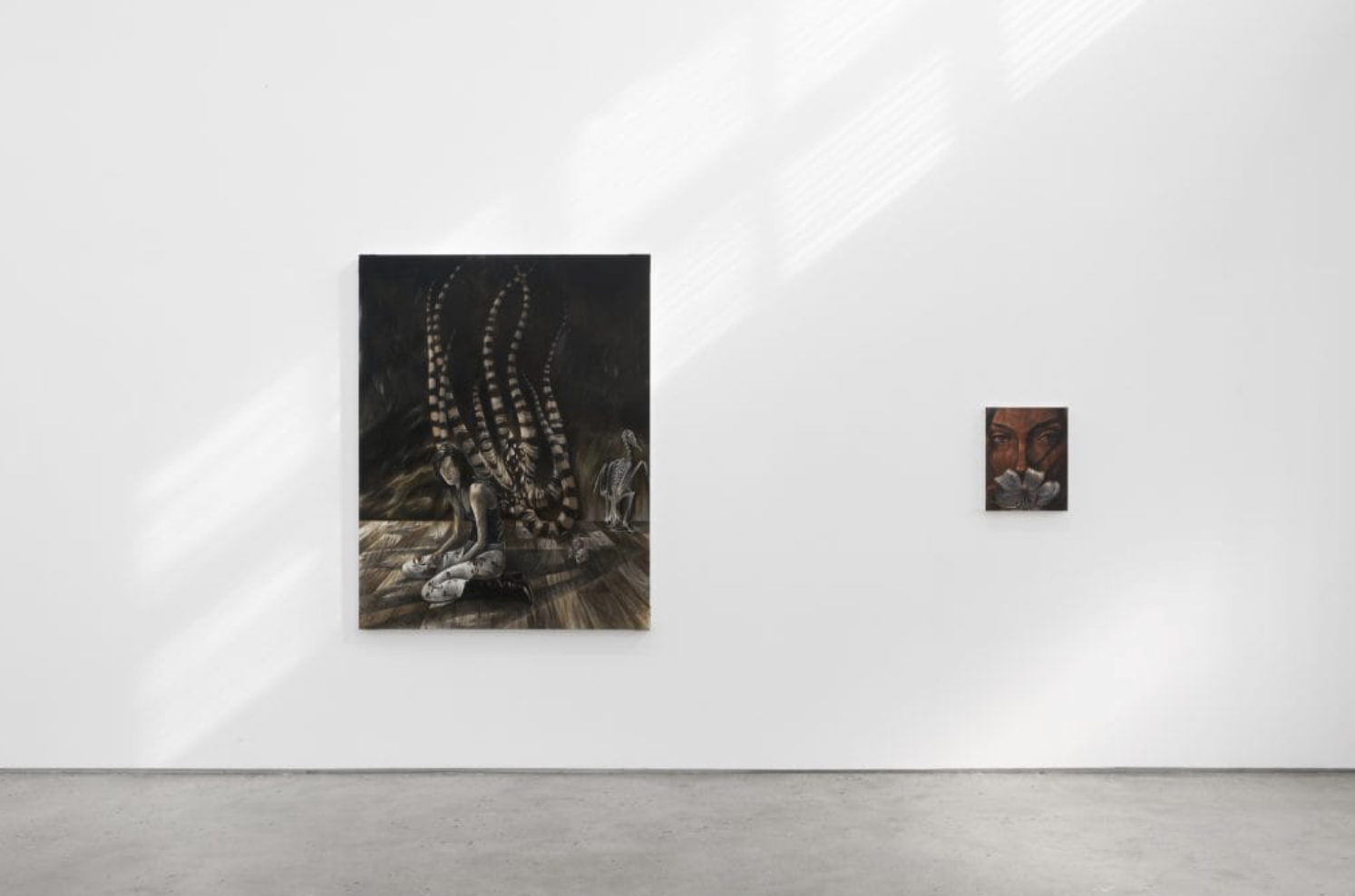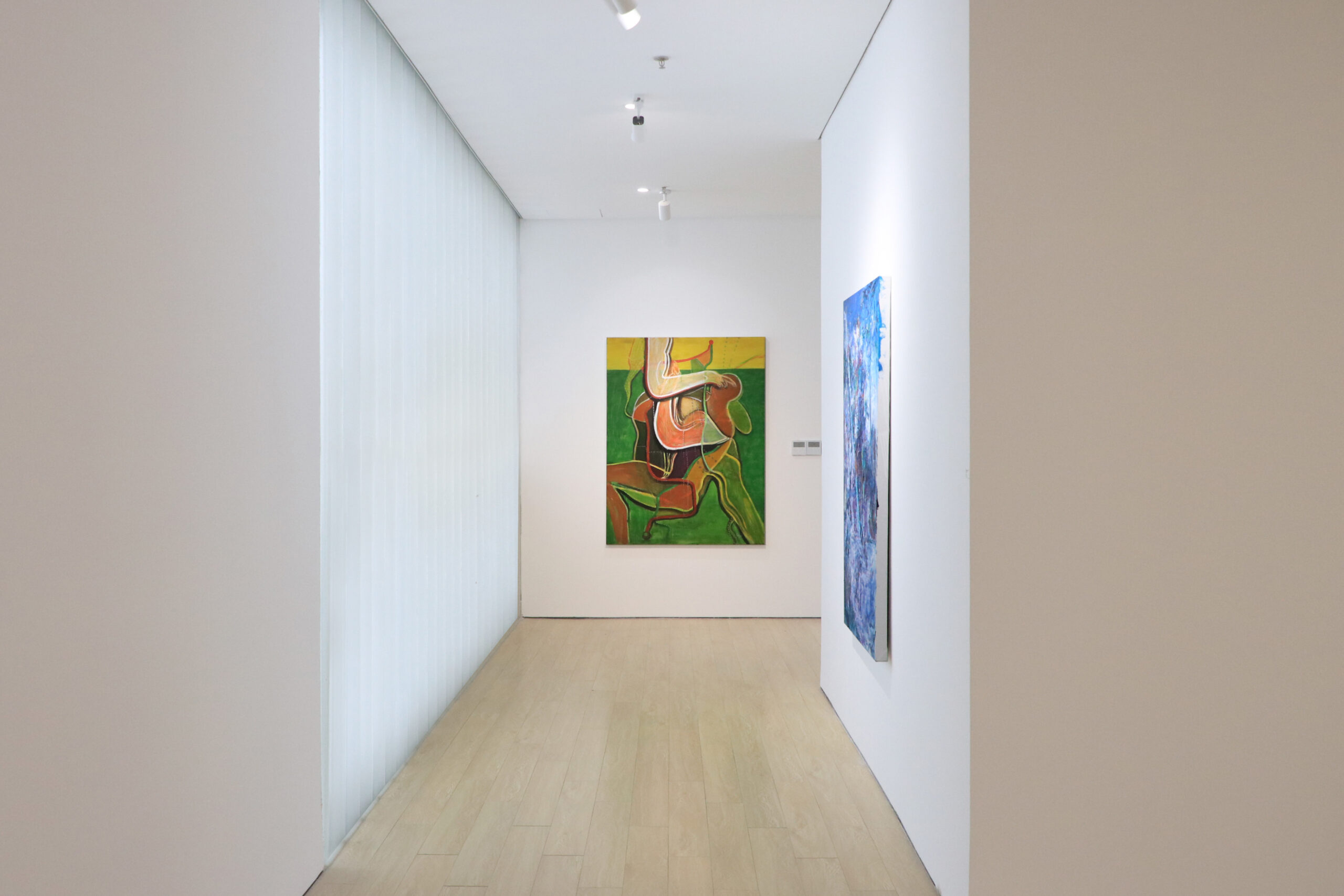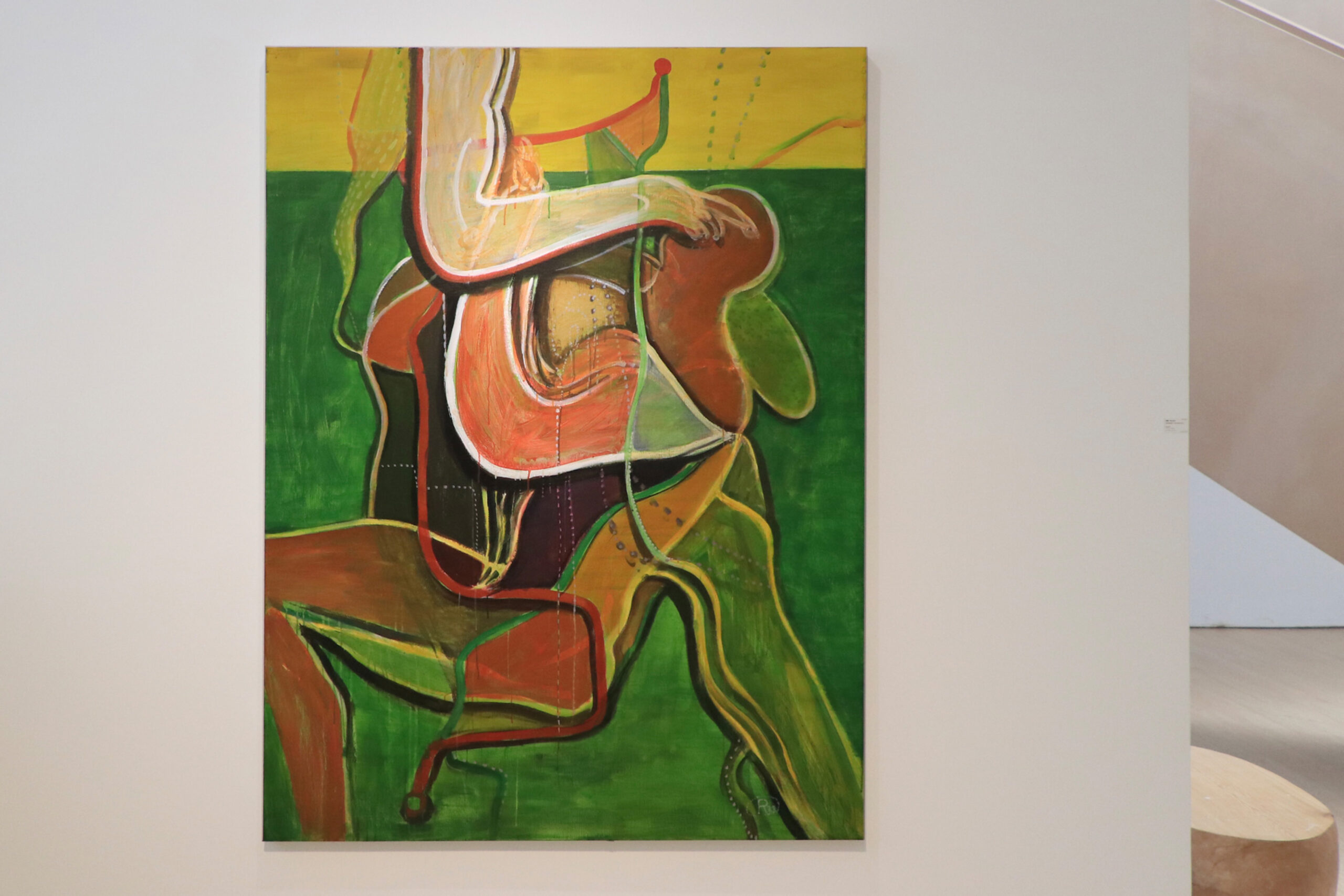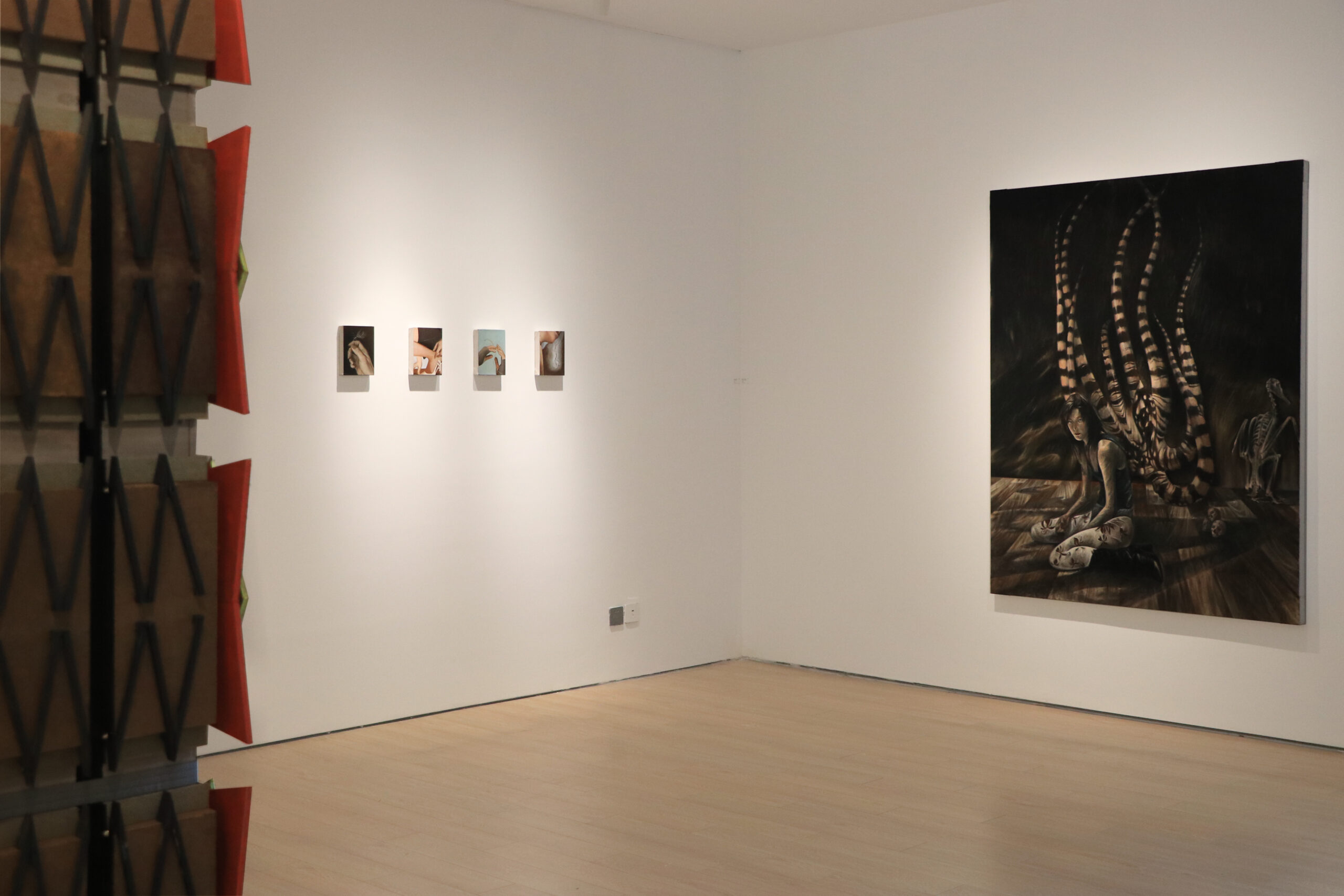OUT OF LINE: AFTER THE STUDIO
IRIS ART MUSEUM, SUZHOU
2025.3.22 – 2025.6.29
MDES Color Bars
Color Bars—a tool for color calibration, a precise reflection, a carrier of information, and a marker of boundaries. They symbolize standards and rules while also hinting at the possibility of dissolving content to reveal essence. This exhibition, titled Out of Line: After the Studio, delves into and presents the unique collective phenomenon of the Multi-Dimensional Expressionism Painting Studio (MDES) at the China Academy of Art. Using “Multidimensional Signals (MDES Color Bars)” as a metaphor, the exhibition not only deconstructs and detaches from traditional notions of standards but also redefines and rediscover the essence of things. Through this lens, the exhibition reveals how the studio’s methodological research and painting practices “escape” from academic discipline (a standardized system), reconstructing new grammars, expressions, and positions after “stepping out of line,” showcasing the multidimensional thinking and medium tension in contemporary painting.
Established in 2002, the Multi-Dimensional Expressionism Painting Studio at the China Academy of Art is one of the key teaching and creative studio following the implementation of the studio system in the Oil Painting Department. As a significant platform for contemporary painting research and education at the academy, the studio has consistently explored the multidimensional expansion of painting language. It has built a foundational and creative curriculum system centered on Eastern expression and visual geometric formalism, connecting bodily and social landscapes, cognitive and spatial landscapes. Its teaching dimensions encompass traditional painting techniques, cross-media experiments, color theory, Eastern spirituality, body theater, image interfaces, geopolitical thought, and global contexts. Within the framework of “Expanded Painting,” the studio’s teaching and practice not only continue the tradition of modernity and expressive language in oil painting but also persistently explore and expand the boundaries of contemporary painting. This exhibition not only presents the studio’s pedagogical trajectory and individual artist cases but also proposes a fresh perspective on the current state of Chinese contemporary painting.
The exhibition features a collection of representative works selected by the studio’s mentors and the latest creations by young contemporary artists who emerged from the studio. These works demonstrate the potential and vitality of current academic art education, revealing a conscious shift from systemic discipline to individual expression. They reflect the artists’ persistence and breakthroughs in transitioning from the “Academy-Studio” to “After-Studio.” The works not only address intergenerational, regional, and temporal issues in Chinese contemporary painting but also respond to the broader perceptions of the current art and cultural scene, including historical, realistic, and global sensibilities.
The exhibition includes critiques of contemporary world “models” and the revitalization of art historical coordinates; the interplay of contemporary colors and literati landscapes, the juxtaposition of everyday objects and new realist scenes; monuments constructed from old objects and visual culture, indigenous temples assembled from street pickups and fetishism; alienated bodily imagery coexisting with new idols and everyday myths; postmodern life portraits, fluid interfaces, and self-made aesthetics… Each work represents an artist’s discovery of a “line of escape” (ligne de fuite)—an act of exploring possibilities within the fissures of existing orders and structures. This escape is not a traditional evasion or a negation of reality and systems but a breaking free from the constraints of established rules into a “world of doubt” filled with uncertainty and potential. Here, painting is no longer subordinate to technique but a vehicle for thought; form is no longer a product of rules but a transcendental outcome. They are like signals, constantly reminding us that painting today is not merely a replication of skill but a liberation of thought and a reconstruction of language. In these processes of “stepping out of line,” we glimpse a future—a multidimensional future.
Yang Gang 2025.3.12






